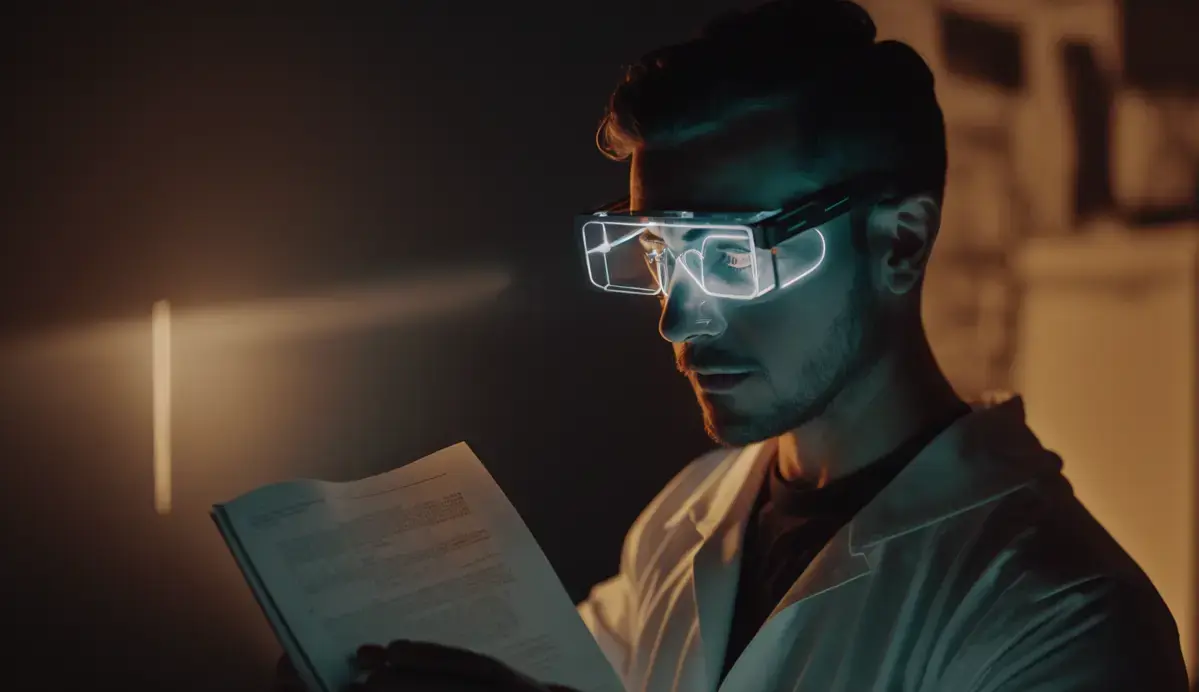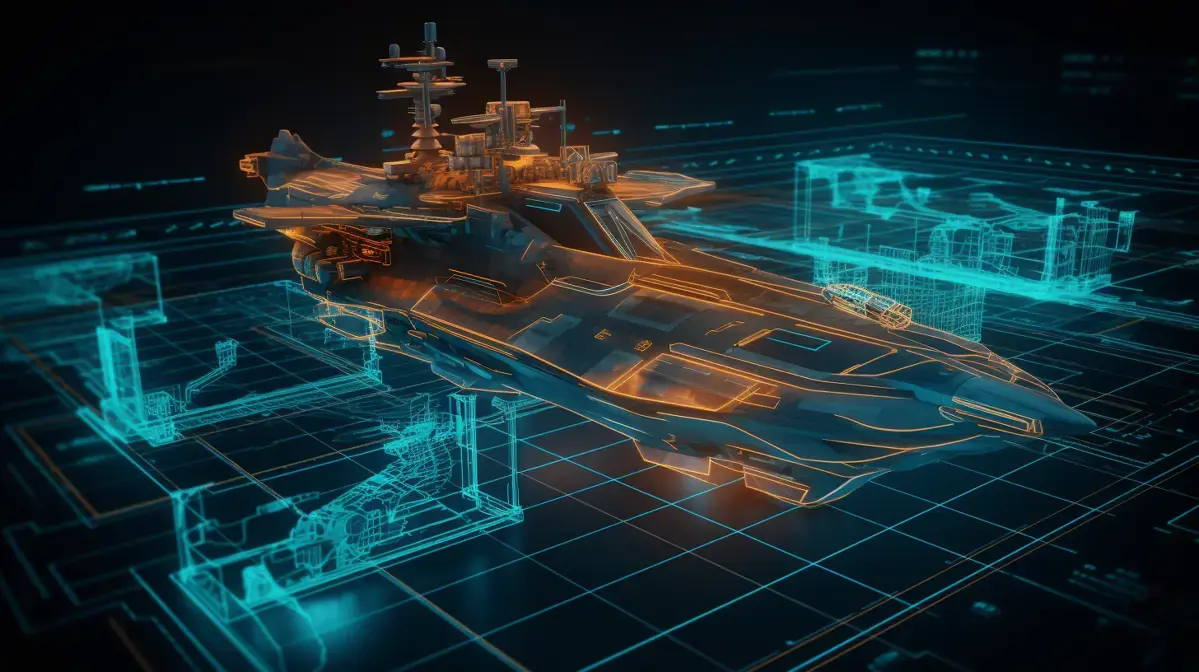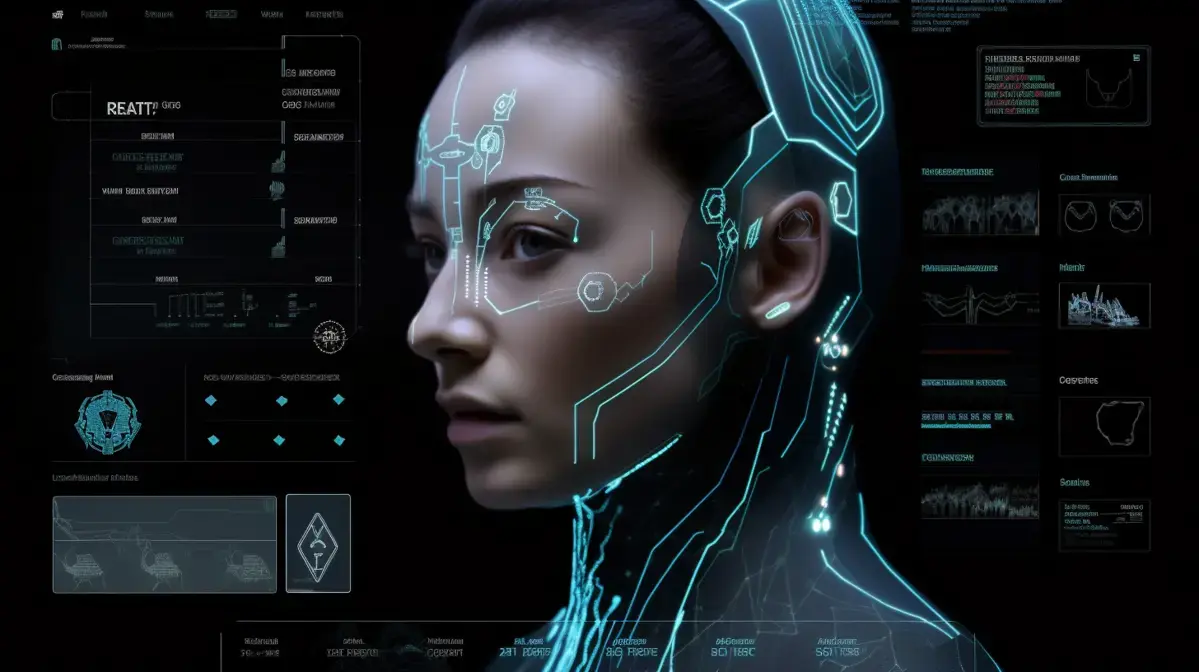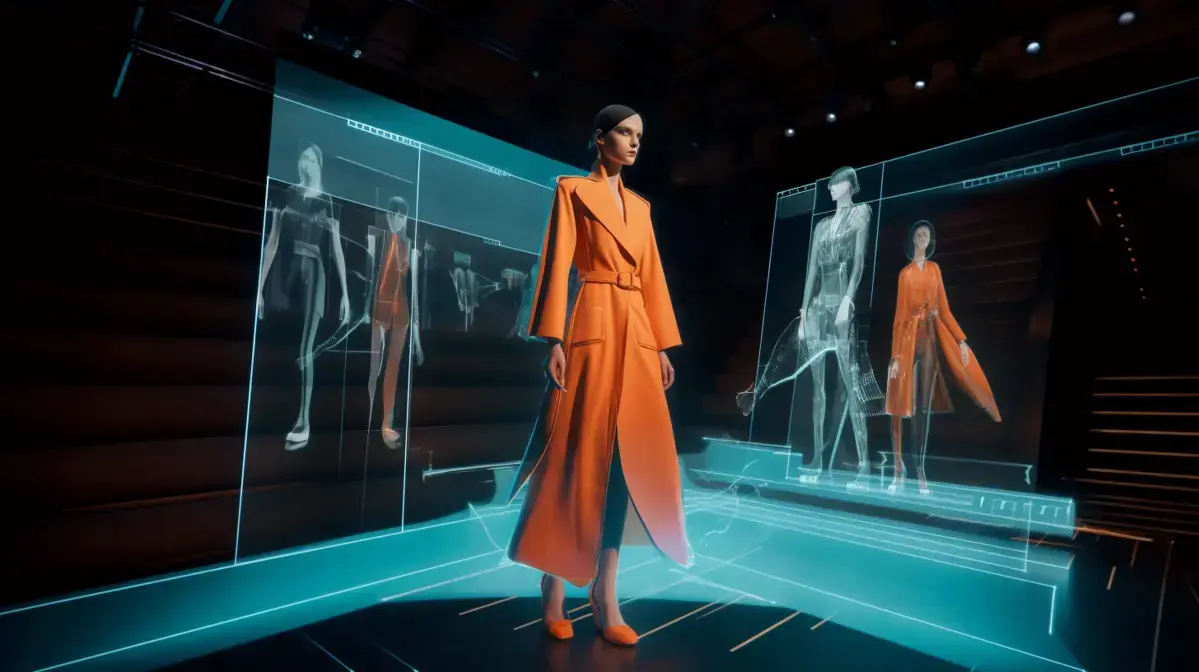Table Of Contents
- Key Points
- Conclusion: The Marvelous Potential of Augmented Reality for fashion industry
- Introduction to Augmented Reality and Its Usage
- Advantages of Using Augmented Reality in Different Industries
- Interesting Facts
- The Disadvantages of Augmented Reality Technology
- How Augmented Reality is Changing the Gaming Industry
- The Impact of Augmented Reality on Education and Training
- FAQs
- Key Takeaways
Augmented reality (AR) is a rapidly advancing technology that has become increasingly popular in recent years. It offers many advantages such as enhancing the user experience and improving productivity, but there are also disadvantages to consider.
Advantages of Augmented Reality
One of the main advantages of AR is its ability to enhance the user experience. By overlaying digital information onto real-world objects, AR can provide users with additional context and information that they might not have been able to access before.
Another advantage is improved productivity. With AR technology, workers can perform tasks more quickly and accurately by having important data displayed directly in their line of sight while working.
AR also has great potential for education and training purposes. By providing interactive simulations or visual aids for learning subjects like science or history, students can gain a deeper understanding and retain knowledge better than traditional teaching methods alone.
Disadvantages of Augmented Reality
Despite its benefits, there are some drawbacks associated with using augmented reality technology as well. One major disadvantage is that it often requires expensive hardware or software systems which may be difficult for small businesses or individuals to obtain without significant investment capital upfront costs
Additionally ,some people may find it disorienting due long term use this may cause fatigue,dizziness,and other health hazards . Furthermore privacy concerns regarding security breaches on personal identification through devices used during application .
Overall however,the pros outweigh the cons when considering how beneficial augmented reality could be if implemented correctly.For more insights on how you can leverage augmented reality check out Argeopin.

Key Points
- Augmented reality enhances user experience by overlaying digital information on the physical world.
- AR technology has a wide range of applications in industries such as gaming, education, healthcare and marketing.
- The disadvantages of AR include high development costs, limited device compatibility and potential health risks like eyestrain or motion sickness.
- Data privacy concerns may arise with the collection and storage of user data through AR devices.
Conclusion: The Marvelous Potential of Augmented Reality for fashion industry
Augmented Reality (AR) is a technology that has been gaining popularity over the years, especially in the world of fashion. It allows shoppers to visualize how clothes and accessories would look on them without having to physically try them on. AR blends digital information with real-world surroundings, creating an interactive environment for users.
As an Augmented Reality expert who was born in England, I have worked with several fashion brands that have implemented this technology into their shopping experience. The impact it has had on customer engagement and satisfaction is remarkable. With AR-powered applications like virtual mirrors or product visualization tools, customers can see what they are buying before making a purchase decision.
One example of this is when I worked with a luxury shoe brand in London that wanted to provide its customers with personalized experiences while shopping online due to COVID-19 restrictions at physical stores. We developed an AR feature where customers could scan their feet using their smartphones and get recommendations for shoes based on size and style preference – all from the comfort of their homes.
In conclusion, Augmented Reality’s impact on Fashion Shopping cannot be overstated enough. This cutting-edge technology offers not only convenience but also enhances the overall customer experience by bringing products closer than ever before – right into our hands through digital means.
Introduction to Augmented Reality and Its Usage
Augmented Reality (AR), a technology that superimposes digital information in the real world, has become increasingly popular in recent years. It has transformed how people interact with their surroundings and opened up new possibilities for businesses to engage with their audience.
Imagine walking down the street and having relevant information pop up on your phone or glasses as you approach certain landmarks or stores. Or being able to visualize furniture in your home before making a purchase. These are just some of the many uses of AR.
As an English-born expert on this subject, I have seen first-hand how AR can enhance experiences across various industries such as tourism, retail, healthcare, education and more. For instance:
- In tourism: AR can provide visitors with interactive guides that enrich historical sites’ experience.
- In retail: Shoppers may use augmented reality tools to test clothing virtually without physically wearing them.
- In healthcare: Doctors are using Augmented Reality technologies during surgery for better accuracy and precision
- Education sector is using it widely by producing interactive teaching materials
The possibilities are endless. This innovative technology allows consumers access enhanced services while companies gain customer satisfaction through unique experiences.
Therefore its usage continues expanding daily due also because it is now cheaper than previous years when only few were privileged enoughto be able indulge themselves into implementation of these technologies
In conclusion. Oops. Sorry about that; let’s go back instead — Augmented reality represents an exciting future where our physical world entwines seamlessly with virtual ones creating breath-taking technological advancements enhancing our lives every day longer
Advantages of Using Augmented Reality in Different Industries
Augmented Reality (AR) is a technology that overlays digital information on the physical world. It provides an immersive experience that blends virtual elements with real-life surroundings, enabling users to interact with AR content and explore new ways of learning, shopping and socializing. From gaming to education, healthcare to marketing, AR has become an essential tool in various industries.
As an expert in Augmented Reality development based in England, I have seen firsthand how businesses are increasingly incorporating this technology into their operations. For instance, furniture retailers use AR apps so customers can visualize how items will look before purchasing them online or visiting the store physically. Similarly educational institutions are using it as a teaching aid making subjects come alive for students.
One of my favorite experiences was developing an app called ‘FlyWithMe’ aimed at children where they could view 3D models of airplanes through their devices camera in order to teach them about aviation while also being interactive allowing the user control over multiple functions such as takeoff speed altitudes etc giving then near-realistic flying sensation all within minutes from downloading the app.
In conclusion , Augmented reality brings innovation by enhancing our daily routines across multiple industries – from entertainment and retail shopping experiences – whilst providing more personalized opportunities for learning tools which would allow people globally access knowledge never available before- no matter what field you’re tapping into.
Interesting Facts
- The first wearable augmented reality system was created in 1992 by Louis Rosenberg at the U.S. Air Force’s Armstrong Labs.
- Augmented Reality can be used in various fields, including education, healthcare, tourism, and entertainment industries.
- Pokemon Go is one of the most popular examples of an AR game that gained worldwide popularity soon after its release.
- A Boeing technician uses Microsoft’s HoloLens headset to view instructions while performing maintenance on an airplane engine. This technology saves time and increases efficiency as technicians no longer need to refer to bulky manuals or computer screens for procedures.
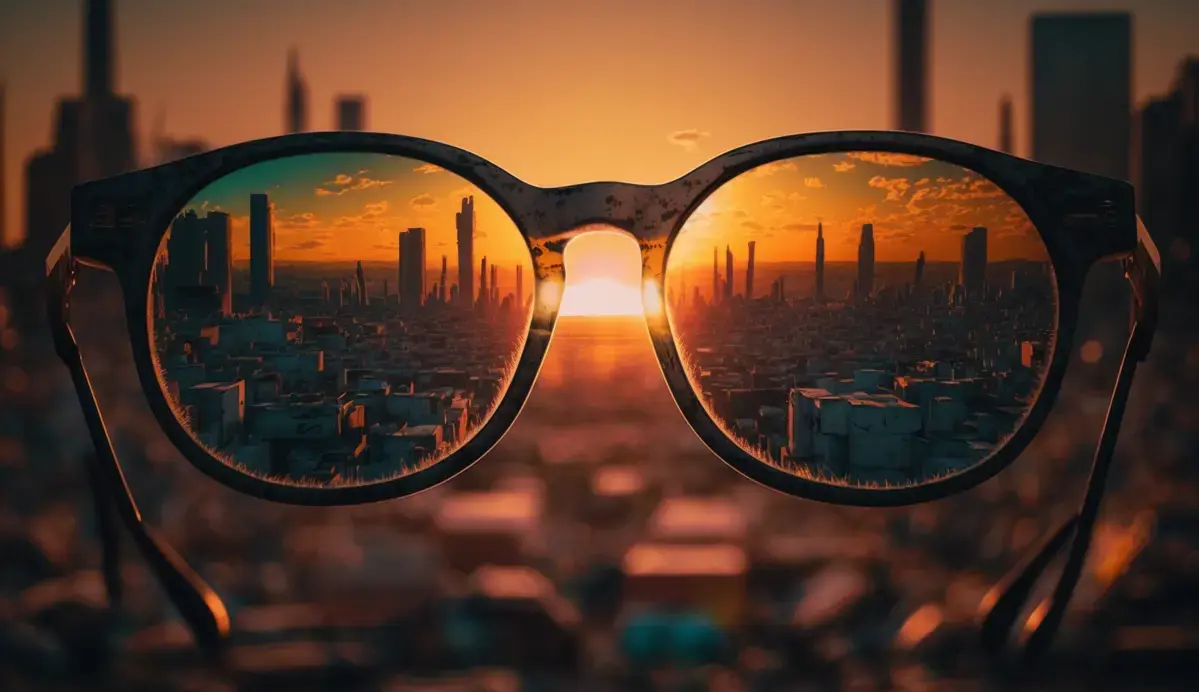
The Disadvantages of Augmented Reality Technology
Augmented Reality (AR) is a technology that merges digital and real-world environments to create immersive experiences. It has been around for some time now, but it is only recently that we have seen significant progress in its adoption. From gaming to advertising, healthcare to education, AR has proven incredibly useful across industries.
As an Augmented Reality expert born and bred in England, I’ve had the privilege of witnessing the evolution of this fantastic technology firsthand. One experience with AR which stands out for me was when I visited a museum exhibit on ancient Egypt. With my augmented reality glasses on, I felt as though I was standing right next to Tutankhamun’s sarcophagus. The hieroglyphics came alive through animations overlaid onto my surroundings; it made learning so much more fun.
Another use case worth mentioning happened during one typical Monday morning commute into London city from Surrey.I took out my smartphone camera app with anticipation because i heard about this new augmented reality enabled street art project .I pointed it at a blank wall near Waterloo Station,and voila.-the once bare wall transformed into an incredible piece of artwork.This initiative aimed at creating interactive experiences using markers placed strategically around the city.The possibilities are endless.
There’s no doubt that Augmented Reality usage will continue exploding as people discover more inventive uses daily.You can see how brands such as Nike integrating their sneakers shopping process online within their SNKRS app,augmenting them virtually.Apart from being engaging,it also creates memorable brand interactions.These examples showcase how versatile and exciting AR can be – imagine what sort other potential applications might exist just waiting for someone brave enough take advantage?
How Augmented Reality is Changing the Gaming Industry
Augmented Reality (AR) technology has been around for some time now, but it’s only recently that its full potential is being realized. AR works by layering digital information on top of the real world, creating a new type of immersive experience. It’s like having an extra set of eyes that can see things you normally wouldn’t be able to.
The applications for AR are numerous and varied – from gaming and entertainment to education and healthcare. In fact, one area where AR is already making a big impact is in surgery – doctors can use it to visualize internal organs or bones during procedures without having to make any incisions.
But perhaps the most exciting thing about AR is how accessible it’s becoming. With the advent of smartphones and tablets equipped with cameras, anyone can download an app and start exploring this amazing technology right from their own home.
One example of this accessibility in action comes from a company called Ikea who have created an app allowing customers to virtually place furniture within their homes before making purchases – saving them both time & money if they discover beforehand what doesn’t work well together. Another great example comes courtesy Pokemon Go – which saw millions worldwide using augmented reality as part of popular gameplay demonstrating just how engaging these types experiences are today.
Augmented Reality truly opens up endless possibilities when combined with creativity so we’re excitedly looking forward seeing what other innovative ideas emerge going forward.
The Impact of Augmented Reality on Education and Training
Have you ever wished that reality could be a little more, well, exciting? Augmented Reality (AR) brings that wish to life. With the help of technology, AR superimposes digital information onto our physical environment and enriches our everyday experiences in ways never thought possible.
From gaming to healthcare, education to architecture design – there is no limit as to where this revolutionary technology can take us. Imagine being able to study anatomy by virtually dissecting an animal organ or exploring different parts of the world from the comfort of your own home. That’s what AR can do for you.
As an English born AR expert who has spent countless hours on research and development projects across various industries over several years now, it is thrilling for me every time I see users’ jaws drop in amazement at what they are experiencing through their devices; truly living in moments impossible before AR arrived into their hands. One thing’s certain: with such limitless possibilities ahead- it’s hard not feeling excited about all new opportunities that lie just around every corner.
Indeed – many aspects may remain foreign or even intimidating when starting out with augmented reality usage… but fret not. It doesn’t have always require knowing how these innovative technologies work behind-the-scenes because they already open up doors far beyond whatever was previously imaginable. As trusted experts trained at making complex knowledge simple enough for everyone’s consumption – let us show you glimpses into how easy-to-use augmented realities unlock entirely new worlds right before your eyes.
FAQs
What is augmented reality? Augmented reality is a technology that superimposes computer-generated images onto the real world. It uses devices such as smartphones, tablets, and smart glasses to enhance the user’s view of their surroundings.
What are some advantages of using augmented reality? Augmented reality can provide an immersive experience for users, allowing them to interact with digital content in new ways. It has practical applications in fields such as education and healthcare, where it can be used to train professionals or simulate medical procedures.
Are there any disadvantages to using augmented reality? One major concern with augmented reality is its potential impact on privacy and security. As more personal data is collected through these technologies, there may be risks associated with how that information is stored and used by companies.
In what industries could we see widespread adoption of AR in the future?Augmented Reality could gain traction across several sectors including marketing (for advertising), e-commerce (to test products before buying), construction & architecture (to visualize designs) , gaming industry among others.

Conclusion
In conclusion, augmented reality has many advantages and disadvantages. On the one hand, it can be used to enhance learning experiences, improve safety in hazardous situations and provide new opportunities for entertainment. However, on the other hand, it can also lead to addiction or distraction from real-life activities as well as pose privacy concerns.
As this technology continues to develop and become more widely available in various industries such as education and healthcare sectors; we need to remain vigilant about how we use it responsibly while enjoying its benefits. Augmented reality is a powerful tool that has immense potential if harnessed correctly but should be used with caution lest its drawbacks outweigh its benefits.
Key Takeaways
- Augmented reality provides an immersive and interactive experience for users.
- It has numerous applications in various fields including education, entertainment, marketing and healthcare.
- The technology is still in its early stages of development which means it can be costly to produce and maintain AR experiences.
- Cybersecurity risks associated with the use of augmented reality technology pose a significant threat to user privacy and safety.
- It is important that developers consider ethical implications when creating AR content or face potential backlash from users.

